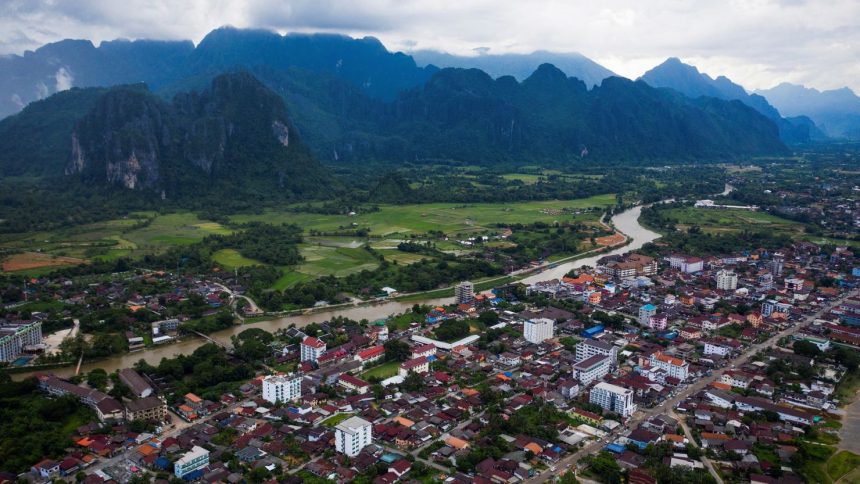CNN
—
The deaths of six foreign tourists linked to a suspected mass methanol poisoning has thrown a spotlight on a small town in Southeast Asia that has worked hard in recent years to shed its reputation for excess.
Vang Vieng, a popular backpacker destination in northern Laos, is at the center of an unfolding tragedy after several Western nations, including the United States and the United Kingdom, confirmed their citizens had died in Laos in recent days and warned of the potentially fatal consequences of drinking tainted alcohol in the country.
Though the complete circumstances of those deaths remains unclear, the link to suspected methanol poisoning has thrust Laos and its vital tourism industry into the spotlight — and revived memories of Vang Vieng’s sometimes dark recent past.
Known for its stunning karst scenery and relaxed vibe, the town on the Song River is an idyllic stopping point for travelers between the capital Vientiane and UNESCO World Heritage-listed city of Luang Prabang.
“Discovered” by Western shoestring travelers in the late 1990s, the town quickly evolved from an agricultural community to a hedonistic party center.
But the party turned sour when a string of a fatal accidents linked to poor safety standards and a culture of excess along the river made international headlines, forcing local authorities to step in.
In the early- to mid-2000s, Vang Vieng gained a notorious reputation on the Southeast Asian “banana pancake” trail for its wild parties and river tubing culture, along with the wide availability of cheap alcohol and illicit drugs.
Laos has tried to rebrand Vang Vieng as less of a party destination. In 2012, the government closed down many of the cheap bars that catered to the backpacker crowd and pivoted toward becoming more of an adventure travel and eco-tourism hot spot.
Vang Vieng and its mountainous surroundings are a base for outdoor activities, including kayaking, jungle trekking, parasailing, tubing and rock climbing. And in recent years, the town has become popular with a broader range of tourists, especially among families and tour groups from South Korea and neighboring China.

But now, Vang Vieng’s drinking culture is back in the news.
As reports of tourists’ deaths emerged in recent days, New Zealand, Australia, the UK, Canada and the US all issued statements urging their citizens to be cautious about drinking alcohol in Laos.
“(We are) aware of a number of cases of suspected methanol poisoning in Vang Vieng, possibly through the consumption of methanol-laced alcoholic drinks,” the US Embassy in Vientiane said in a health alert Friday. “Please be alert to the potential risk of methanol poisoning, especially when consuming spirit-based alcoholic drinks.”
The alert also advised travelers in Laos to “purchase alcoholic beverages and drinks from licensed liquor stores, bars, and hotels,” not drink any homemade alcoholic beverages, and to check bottles for signs of tampering or mislabeling.
The warning came after the US State Department confirmed to CNN that an American citizen had died in Vang Vieng. It did not give a reason for the person’s death but said the US was “closely monitoring the situation and providing consular assistance.”
Tourism is a key source of revenue for Laos, a landlocked nation of about 7 million people that is one of the poorest countries in Southeast Asia, and which lags behind neighbors Vietnam and Thailand when it comes to attracting visitors.
According to Laotian government data, 2.6 million international tourists have visited Laos in 2024. The three largest visitor groups are Thai, Vietnamese and Chinese, with “other notable sources” of inbound visitors from France, the UK, Russia, Japan and the US.
A “Laos Year 2024” initiative was launched this year with a goal of bringing in 4.6 million tourists and generating $712 million.
CNN’s Helen Regan, Isaac Yee and Eve Brennan contributed reporting.



